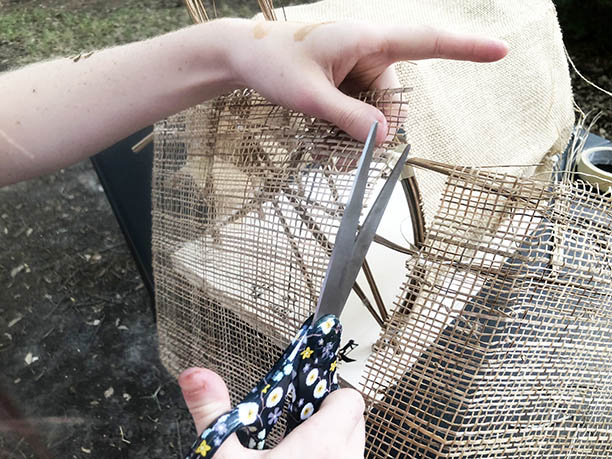Smart City Saturday: Teen hackathon addresses youth trafficking
/Guest contributor Sarah Hernholm is the founder and president of WIT – Whatever It Takes and creator of Smart City Saturday, which hosts teen hackathons in four U.S. cities. She joins us on the blog to explain what’s in store for teens who join the upcoming January hackathon in downtown Austin.
We aren’t voiceless.
—Grace V., during her interview on NBC 7
when asked why she attended Smart City Saturday
Many of the teens who attend Smart City Saturday (SCS) arrive to the event feeling a little apprehensive, slightly unsure of what to expect, and unaware of the transformation they are about to experience. From the get-go, they are diving into the topic of the hackathon. This year, 2018–2019, SCS is focusing on youth trafficking—specifically challenges connected to education and prevention. Teens get to hear from survivors and thrivers and work directly with experts in the subject matter as well as coaches in design thinking and problem solving. They work alongside teens from different schools, backgrounds, and ages. The experience is a game changer for all involved. You can hear directly from teens who’ve experienced SCS in this video from a San Diego news report:
Upcoming Austin Hackathon
We are excited to bring the Smart City Saturday hackathon to Austin, Texas, on Saturday, January 26, from 10am to 6:30pm. The event will be hosted by Google at Google HQ downtown. Thanks to Snap Kitchen, all teens will enjoy a delicious and healthy lunch. In addition, SCS has partnered with Socrata, the City of Austin, and other organizations to make sure teens have access to data, resources, and individuals who will help them have a successful hackathon experience.
Getting Involved
SCS is looking for 50 teens who are ready to tackle the issue of youth trafficking in Austin. Applications are being accepted online here. Once your application is received, it will be reviewed, and you will receive acceptance information within 48 hours. There are fees associated with this event, but financial aid is provided to all teens in need. Also, all teens have the chance to win up to $1,000 in prize money.
Never Too Young
Smart City Saturday is a program put on by the nonprofit organization WIT – Whatever It Takes. WIT provides opportunities for high school teens to develop their emotional intelligence as they become entrepreneurs and community activists. It hosts the only 6-unit college-credit social entrepreneur class in the country for high school teens. You can read more about WIT at doingwit.org. The people of WIT believe you are never too young to make a big impact.
Sarah Hernholm













